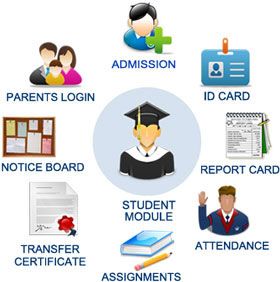
The world of education is rapidly transforming with the advent of digital technologies, and at the forefront of this revolution are Open Source Learning Management Systems (LMS). These platforms are altering the landscape by providing accessible, adaptable, and cost-effective ways to manage learning processes.
An LMS is a software application that facilitates the administration, documentation, tracking, reporting, automation, and delivery of educational courses, training programs, or learning and development programs. The heart of open source technology lies in its community-driven nature where anyone can inspect, modify, and enhance the code.
There are several key players in the open source LMS market:
Moodle is perhaps one of the most well-known open source LMS out there. Launched in 2002, it’s a comprehensive platform tailored for educators to create personalized learning environments, offering extensive plugins and functionalities.
Sakai represents another robust LMS solution widely adopted by higher education institutions. It boasts a rich feature set for course management and collaborative tools for research.
Canvas by Instructure has gained traction for its user-friendly interface and flexibility. The open-source version allows institutions to build on its core capabilities to suit their specific needs.
Forma.LMS focuses on corporate training needs. This scalable platform offers features like skill gap analysis and individual development plans to tailor training processes.
Chamilo is streamlined for ease of use and rapid deployment with an emphasis on accessibility. It aims to improve access to education globally with tools for social learning and collaboration.
Those opting for open source LMS gain advantages including complete control over their e-learning environment and freedom from vendor lock-in. They’re not restricted by proprietary software limitations and can freely customize their platforms. Moreover, community support for these systems is usually strong and vibrant—a valuable resource when it comes to troubleshooting or seeking advice on best practices.
However, organizations should also consider potential challenges such as the need for technical expertise to install and manage these platforms or lesser degrees of customer support compared to commercial offerings.
In conclusion, open-source systems are a pivotal element in democratizing education technology. By choosing an open source LMS, institutions can foster innovation in teaching methods and learning experiences while ensuring that their needs align closely with the tools they employ. As educational institutions continue to shift their focus towards more flexible, adaptive learning models, the role open source LMS play is bound only to grow more critical in shaping future learning landscapes.
